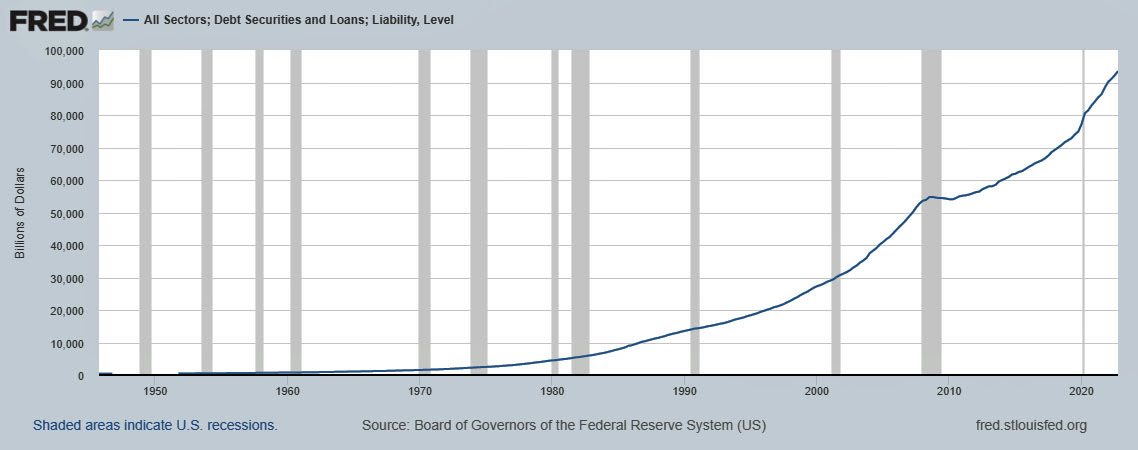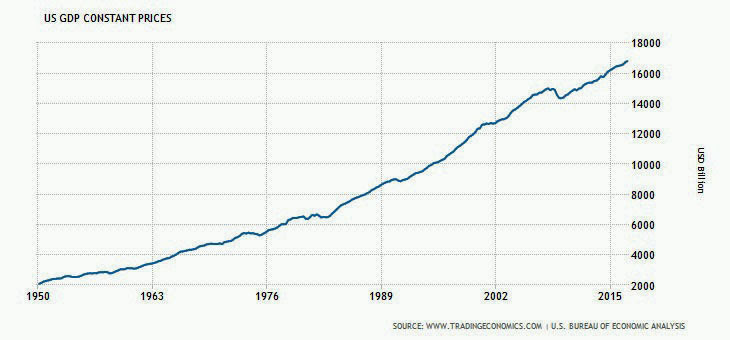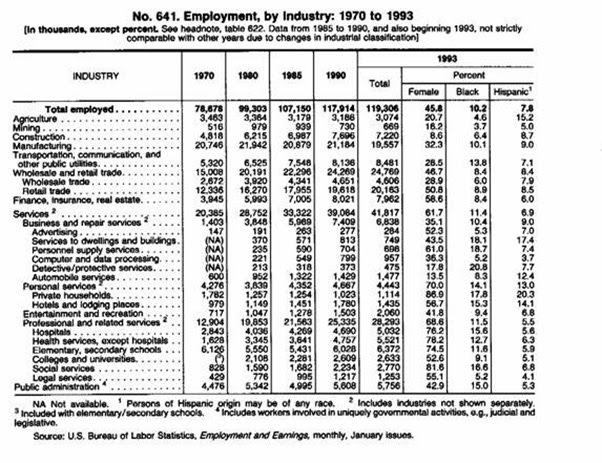
© Getty Images/XH4D
The global economy was already navigating a minefield of volatility, uncertainty, complexity, and ambiguity (VUCA) when US President Donald J. Trump’s ‘Liberation Day’ tariffs reverberated across international markets. This aggressive escalation of trade barriers, including a mélange of sudden rate hikes, retaliatory measures, and rhetorical brinkmanship, didn’t just amplify the chaos; it ignited the specter of a full-blown economic firestorm.
Volatility unleashed
The moment the tariffs were announced, markets convulsed. Stock indices plummeted, erasing $2.1 trillion in global market cap within days, while currency markets whipsawed as traders scrambled to price in the fallout. Supply chains, still reeling from pandemic-era disruptions, faced new shocks. Factories in Vietnam scrambled to reroute shipments, German automakers recalculated production costs overnight, and Chinese exporters braced for 145% retaliatory duties on key goods. The tariffs acted like a sledgehammer to an already teetering Jenga tower of global trade, with each blow amplifying volatility far beyond their intended targets.
Uncertainty weaponized
While volatility reigned, the tariff war between the United States and China introduced a deeper, more corrosive uncertainty. Businesses accustomed to stable trade rules now faced policy seesaws. Exemptions granted one day were revoked almost overnight while the constant threat of broader tariffs were dangled without clarity on timing or scope.
CEOs delayed investments, fearing sudden cost hikes. The Federal Reserve, already grappling with inflation, found itself trapped in a Catch-22 situation: raise rates to tame inflation and risk recession, or hold steady and watch confidence erode. Meanwhile, allies like the EU and Canada retaliated with precision strikes on politically sensitive US exports, ranging from bourbon to motorcycles, threatening 2.6 million American jobs at one point. The potential unemployment tallies just kept rising worldwide.
The message was clear: no one was safe from the fallout.
Complexity spirals out of control
As the trade war escalated, the global economic order began to fracture. Nations abandoned decades of multilateralism in favor of ad hoc alliances. China fast-tracked deals with the EU and ASEAN and began to court rivals Japan and India. The US, on the other hand, found itself isolated. Companies, desperate to adapt, began planning redundant supply chains – one for tariff-free markets and another for the US. This only served as a costly and inefficient hedge against further disruptions. Regulatory labyrinths simultaneously emerged overnight. A single auto part might now face several different tariff rates depending on its origin, destination, and material composition. The system now groaned under the weight of its runaway complexity.
Ambiguity: Strategy or stumbling block?
Worst of all was the ambiguity. Trump framed the tariffs as a “negotiating tool” to revive US manufacturing, yet no coherent industrial policy followed. Were these temporary measures or a permanent decoupling from China? Would they actually bring jobs back, or simply raise prices for consumers? The administration’s mixed signals left allies questioning America’s reliability and adversaries probing for weakness. Geopolitically, the tariffs accelerated a crisis of trust. NATO allies doubted US commitments, Southeast Asian nations hedged toward Beijing, and the Global South explored alternatives to the dollar. The longer the ambiguity persisted, the more the world adapted to a reality where the US was no longer the anchor of the global economy.
What makes these tariffs uniquely dangerous is their role as a VUCA multiplier. They don’t just create volatility – they lock it in. Uncertainty doesn’t subside – it metastasizes. Complexity isn’t resolved – it becomes the new normal. And ambiguity isn’t clarified – it is weaponized. The result is a self-reinforcing cycle: tariffs provoke retaliation, which fuels inflation, which strains central banks, which spooks investors, which forces more protectionism. Meanwhile, the dollar’s dominance erodes, supply chains Balkanize, and businesses lose faith in long-term planning.
AI as the VUCA force multiplier
When the first round of tariffs was imposed by Washington DC, traditional economic models anticipated familiar disruptions in the form of market corrections, supply chain adjustments, and eventual equilibrium. What these models missed was the presence of a new wildcard – AI systems that don’t just respond to volatility but can amplify it. Algorithmic trading platforms and predictive logistics tools, operating on assumptions of continuity, struggled to adapt to the sudden, chaotic shifts introduced by trade barriers. In some sectors, this has led to mismatches between inventory and demand, not because of human misjudgement, but due to machine learning models which are ill-equipped to handle the cascading effects of cross-sectoral VUCA.
AI is indeed accelerating the fragmentation of the global economic order. As nations implement competing AI systems to manage trade flows, we may see the emergence of parallel digital realities. One country’s customs AI might classify a product as tariff-free while another’s system slaps it with prohibitive duties. This isn’t just bureaucratic confusion; it represents the breakdown of shared frameworks that have enabled global commerce for decades. We used to worry about trade wars between nations; now we should worry about conflicts between the machines built to manage them. In a hypothetical future, trade wars will be fought by rival AI systems fighting proxy battles through markets, logistics, and information. Personally, I doubt this planet has scope for another crisis beyond this one, as Albert Einstein’s adage that WW4 will be fought with “sticks and stones” comes to mind.
In the midst of the ongoing VUCA torrent, many clueless bureaucrats and executives have quietly turned to AI, particularly GPTs, to make sense of the myriad crises facing their nations and institutions. Many flawed decisions may have been made and sums allocated for “future-proofing.” Let me tell you why this is a recipe for disaster: one prominent GPT model gave me not one but five (5) erroneous and wholly-fictitious examples of how AI had messed up the post-Liberation Day geo-economic landscape. And here is the scary part: only those well-versed in complex systems, global risks and AI would have discerned those flaws. Otherwise, the scenarios generated by the GPT model were generally more accurate than most of those voiced by pundits on prime time television.
Why did the GPT model make such mistakes? I am convinced that AI is being surreptitiously used to sift out the gullible from the indispensable, perhaps in preparation for a post-VUCA world. But that remains a relatively optimistic theory!
Mass unemployment ahead?
AI and VUCA are rapidly converging to create the preconditions for the worst unemployment crisis since the Industrial Revolution. Back then, the West could resort to new markets in the form of colonies. This time, however, there are no new territories left to colonize – only the continued cannibalization of societies themselves. The accelerating spiral of global wealth inequality is not an anomaly; it is the clearest symptom of this internalized exploitation.
The world is not merely staring at job losses in specific sectors. No, this is about the simultaneous breakdown of multiple stabilizing mechanisms that have historically absorbed economic shocks.
Russia’s Digital Development Minister Maksut Shadaev recently claimed that half of his nation’s civil servants could be replaced by AI. Shadaev, however, noted that certain professions, such as doctors and teachers, cannot be replaced. Bill Gates thinks otherwise. He predicts that AI will swiftly replace humans in nearly every professional sphere, including teaching and medicine. For once, I wholly agree with Gates.
So, what do we do with the “excess humans”? Institute a CBDC-mediated rationing system as a stop-gap measure?
Culmination of systemic global corruption
The VUCA-AI quagmire unfolding today is the consequence of decades of entrenched patronage systems that were perfected in the West and subsequently exported to the Third World. These were intrinsically corrupt systems that rewarded compliant mediocrity over critical thought. In sidelining genuine thinkers, these structures forfeited any real chance of forging a balanced, intelligent response to the collision between VUCA dynamics and artificial intelligence.
In the end, we are left with a world designed by clowns and supervised by monkeys, to borrow a phrase from a disillusioned Boeing pilot. Many Third World pundits and policymakers, themselves products of the West’s neocolonial machinery, are now advocating a wholesale pivot towards the BRICS bloc. Like courtiers in a globalist brothel suddenly desperate for new clientele, these elites now decry the very “inequalities” that once elevated them to cushy posts – at the expense of the citizens they claim to represent.
As far back as 1970, the Nobel Laureate Albert Szent-Györgyi had warned of the consequences of the “terrible strain of idiots who govern the world.” Szent-Györgyi, who bagged the Nobel Prize in Medicine (1937) for discovering Vitamin C had however hoped that the youth of the future would save humanity from a gerontocracy that cannot “assimilate new ideas.”
Little did he know that the same gerontocracy had already hatched a plan to create a new breed of “young global leaders” – even children – who were more feckless and pliant than their predecessors. This may have been the real raison d’etre behind the World Economic Forum. Personally, I can find no other justification behind the founding of this institution.
In the end, individuals with real ideas – both young and old – have largely abandoned a system that no longer rewards insight, only compliance. Their views no longer appear on search engines as Big Tech had employed a variety of pretexts to shadowban their viewpoints.
However, the day may come when the phones of ideators may start ringing again in the quest for “solutions”. It will be too late by then.
The post AI is a Perfect Storm Threatening Humanity first appeared on Dissident Voice.This post was originally published on Dissident Voice.


















